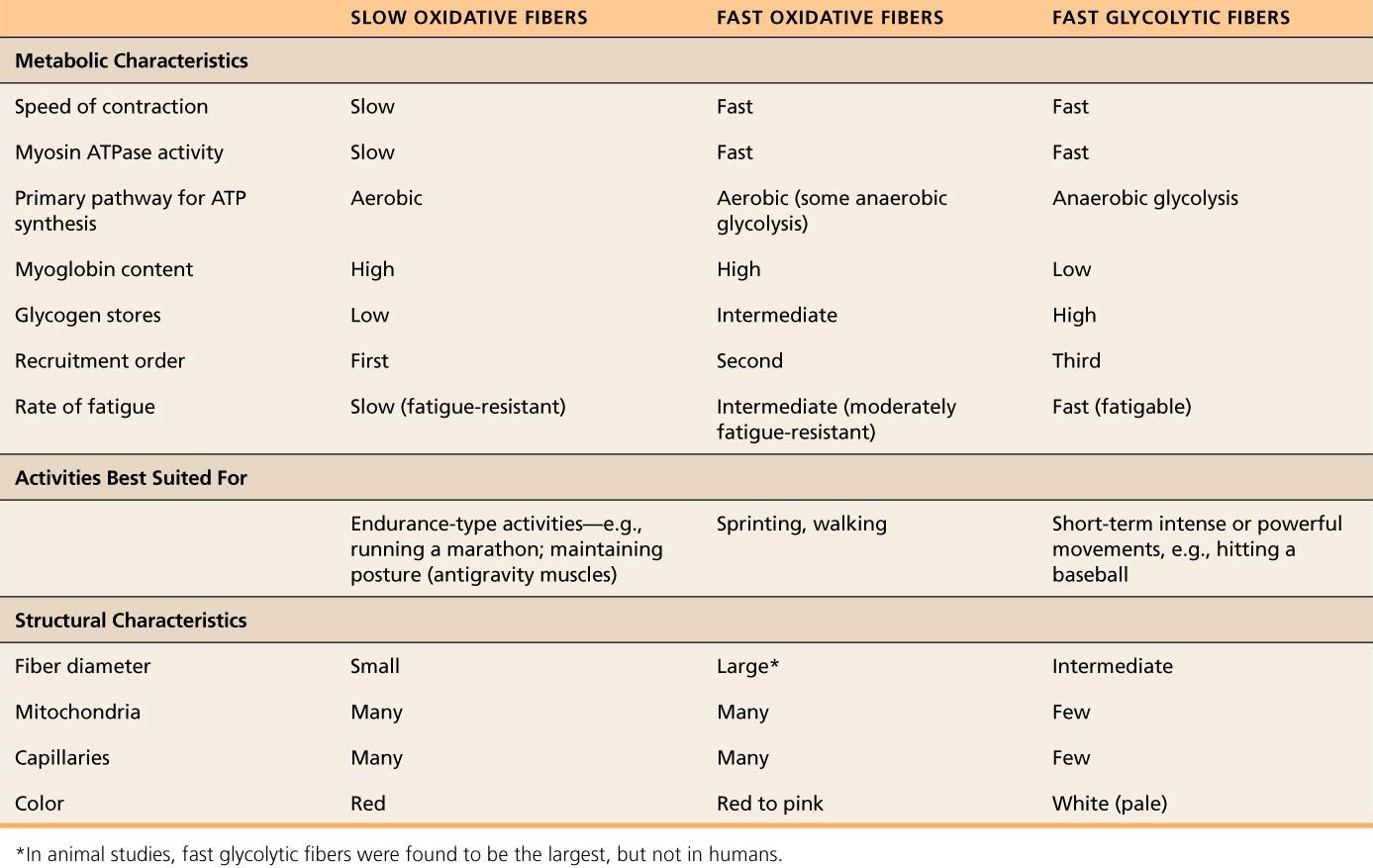I've been running on and off for the past 12 years, having originally started in high school with XC. Given that fact, I've typically always been interested in running longer distances, however, within the past year or so, I've shifted my focus to sprinting.
From what I currently understand about the matter, sprinters prefer having a high ratio of fast-twitch muscle fibers. What I would like to know, or at least get some idea of, is what kind of fast/slow-twitch muscle fiber ratio my legs contain (without going to the hospital and requesting a biopsy, if that's even possible).
Upon searching YouTube, I wasn't really able to find any videos that demonstrate how to get an assessment of this ratio, other than this video, however, the guy is testing his chest, and, IMO, his test doesn't seem to be designed very well.
That being said, is there a way to at least somewhat accurately test the fast/slow-twitch muscle fiber ratio, specifically in your legs?
